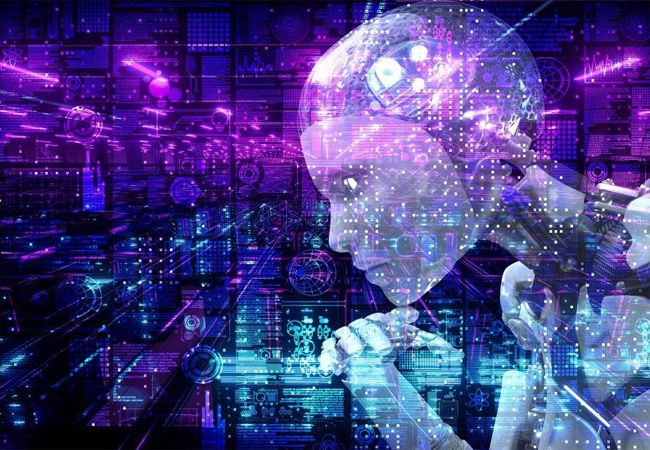For the First Time a Robot Has Learned To Imagine Itself

Our impression of our bodies isn't generally right or practical, as any competitor or design cognizant individual knows, yet it's a significant calculate how we act in the public eye. Your cerebrum is consistently planning for development while you take care of business or get dressed so you can move your body without knocking, stumbling, or falling.
People foster our body models as babies, and robots are beginning to do likewise. A group at Columbia Engineering uncovered today that they have fostered a robot that, interestingly, can gain a model of its entire body without any preparation with no human guide. The specialists make sense of how their robot constructed a kinematic model of itself in a new paper distributed in Science Robotics, and how it used that model to design developments, achieve targets, and keep away from snags in a scope of situations. Indeed, even harm to its body was consequently recognized and adjusted.
The scientists set a mechanical arm inside a circle of five web based camcorders. The robot watched itself through the cameras as it undulated openly. Like a baby investigating itself without precedent for a corridor of mirrors, the robot squirmed and reshaped to figure out how precisely its body moved in light of different engine orders. After around three hours, the robot halted. Its inner profound brain network had wrapped up learning the connection between the robot's engine activities and the volume it involved in its current circumstance.
"We were truly inquisitive to perceive how the robot envisioned itself," said Hod Lipson, teacher of mechanical designing and head of Columbia's Creative Machines Lab, where the work was finished. "However, you can't simply look into a brain organization, it's a black box." After the scientists battled with different perception procedures, the mental self portrait continuously arose. "It was a kind of tenderly glinting cloud that seemed to overwhelm the robot's three-layered body," said Lipson. "As the robot moved, the gleaming cloud tenderly followed it." The robot's self-model was exact to around 1% of its work area.
Self-modeling robots will lead to more self-reliant autonomous systems
The capacity of robots to demonstrate themselves without being helped by engineers is significant for some reasons: Not just does it save work, however it likewise permits the robot to stay aware of its own mileage, and even recognize and make up for harm. The creators contend that this capacity is significant as we want independent frameworks to be more confident. A manufacturing plant robot, for example, could identify that something isn't moving right, and redress or call for help.
"We people plainly have a thought of self," made sense of the concentrate's most memorable creator Boyuan Chen, who drove the work and is presently an associate teacher at Duke University. "Shut your eyes and attempt to envision how your own body would move if you somehow happened to make some move, for example, stretch your arms forward or make a stride in reverse. Some place inside our cerebrum we have a thought of self, a self-model that educates us what volume regarding our quick environmental factors we involve, and how that volume changes as we move."
Mindfulness in robots
The work is essential for Lipson's long term journey to track down ways of giving robots some type of mindfulness. "Self-displaying is a crude type of mindfulness," he made sense of. "If a robot, creature, or human, has an exact self-model, it can work better on the planet, it can settle on better choices, and it enjoys a developmental benefit."

